What is CSM Support in BIOS? Should I enable or disable it?
When the transition occurred from BIOS to UEFI, CSM came into being. CSM stands for Compatibility Support Mode. As the name suggests, this mode is a component of the UEFI firmware that is for the compatibility of the OS, devices, and applications that do not support UEFI. It is a type of BIOS mode where the legacy OS, devices, and applications are supported through a specialized boot process. This boot process emulates the traditional BIOS interface.
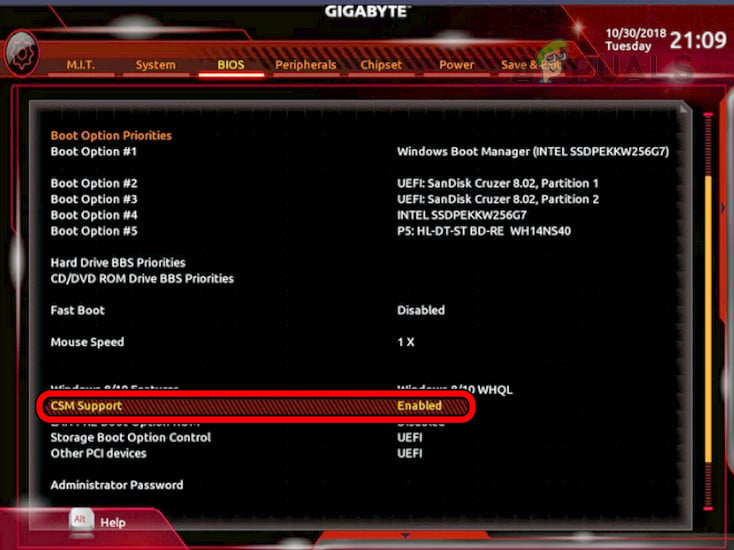
This is essential if you have specialized hardware that supports an older OS (e.g., Windows XP). It is more compatible with some special virtualization applications. As it misses the essential security and performance features, it can make the system less secure or unstable, so, use it only when extremely necessary.
Advantages of UEFI
- Fast Boot: When Fast Boot is enabled on UEFI, it will take half the time to boot as compared to traditional CMS bios.
- Better Power Management: In UEFI, reboots, hibernation, and sleep may entirely or partially bypass POST which makes the system instantly ready when resuming it from these power-saving states.
- Secure Boot: Not everyone loves this option but it can restrict rootkits (a type of malware) at the firmware level.
- Native Multi-Boot Support: There is no need for an additional bootloader if you want to install multi-operating systems on a system with UEFI. Simply install it and when booting select the required OS.
- Large Drive Support: UEFI can support (theoretically) around 9 ZetaBytes drives.
- Better Software Control: You can change certain UEFI settings at the OS level e.g., boot order, boot from a USB or CD without booting the system into UEFI.
Advantages of CSM
- Simpler Boot Process: Bootloader entries are stored in the motherboard and thus make the boot process simpler.
- More OS Options: UEFI majorly supports 64-bit and installing 32-bit OS on such a system is not possible without CSM.
- Fewer Bugs: BIOS has been present since 1981 and its interaction with the hardware or OS has not changed much. The OS access to BIOS is limited in CSM. This provides more stability as UEFI is constantly evolving, it can have bugs that can even fry the system’s motherboard if a wrong drive is loaded in the OS.
Points to Consider for Selecting the Required BIOS Mode
Both modes have their advantages. Let’s go through some key differences that will help you make the right decision to use the BIOS mode on the MSI motherboard that suits your needs.
1. Security
CSM is based on older traditional BIOS and is more vulnerable as known vulnerabilities are not patched. It does not have features such as full disk encryption or secure boot which makes CSM less secure as compared to UEFI.
2. Compatibility
UEFI supports fewer devices as compared to CSM. However, UEFI is the newer standard and thus will support all the newer hardware features. A motherboard can be compatible with the UEFI and CSM. If a certain device is your concern that supports CSM, then use CSM, otherwise, go with the UEFI.
3. GPT Support
UEFI supports GPT (GUID Partition Table) whereas CSM supports MBR (Master Boot Record). This makes the UEFI support larger disks and better bootloader usage. For larger drives, you will need UEFI, otherwise, you can use CSM.
4. Resizable BAR
Re-size BAR, Resizable BAR, or RBAR is supported only in UEFI mode. RBAR is an advanced PCI feature that improves the system performance many folds during graphic-intensive applications and games. This feature exposes the entire GPU frame buffer to the CPU at once. CSM does not support this feature. So, if you are going to use games or applications that are graphic intensive, using UEFI should be preferred.
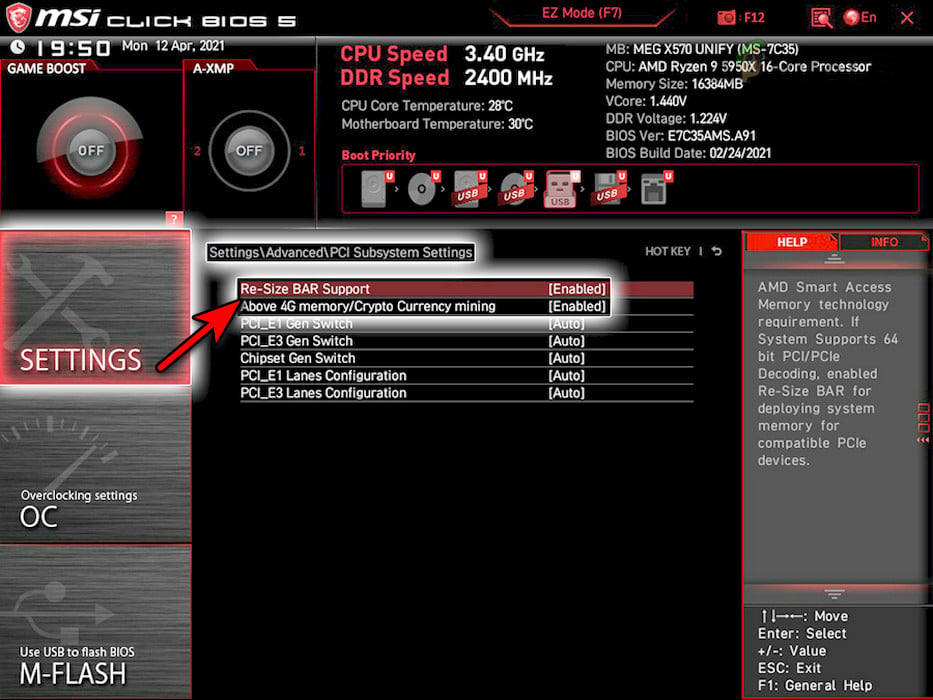
Check the Current Boot Mode in the OS
If an OS (such as Windows) is already installed on your MSI system, you can check the current boot mode by using the following steps on Windows:
- Click Windows and search for System Information.
- In the right pane, locate the BIOS Mode Option.
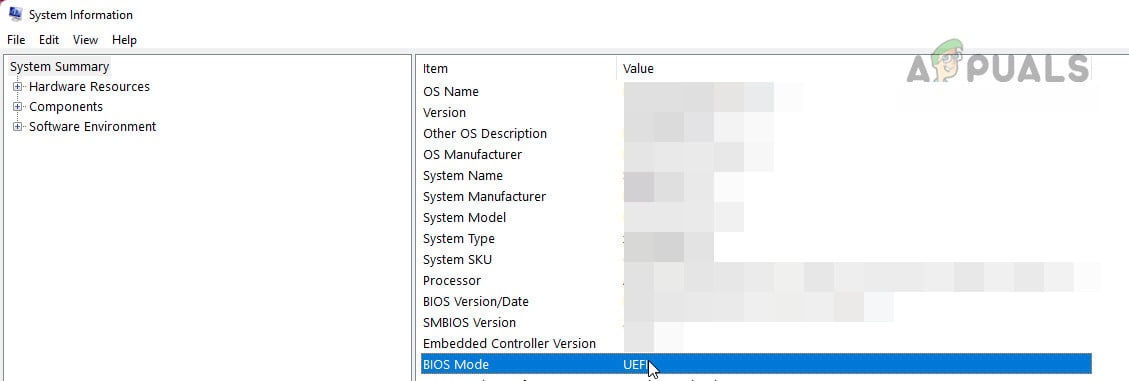
Check the BIOS Mode in the Windows System Information - If it says UEFI, the MSI system is using UEFI.
- If it says CSM or Legacy, the system is in the CSM boot mode.
Reasons for Disabling and Enabling CSM BIOS Mode
You will need to disable CSM BIOS mode if you are installing an OS that only supports UEFI (such as Windows 8 or later). Windows 11 needs Secure Boot and that is only available in UEFI Mode.
If you need to use legacy hardware devices, OS, 32-bit OS, or applications, you will need to enable CSM.
Create a System Backup
Before enabling or disabling, make sure to create a backup of your system. If anything goes wrong, your data will be safe.
Enable or Disable CSM BIOS Mode on the MSI Motherboard
The choice is yours to enable or disable CSM BIOS mode. Once decided, you can follow the steps below to do so:
1. Boot the System into BIOS
Power on your system and press the designated key. The key can be Delete, F2, F11, or F12, depending on the model of your MSI system.
2. Locate the CSM Option
The option can be in a different tab depending on the MSI PC model. Usually, in the Boot tab.
3. Enable or Disable CSM
Navigate to the Boot Mode or Boot Mode Select option and expand it. Select Enabled or Disabled, depending on your requirements.
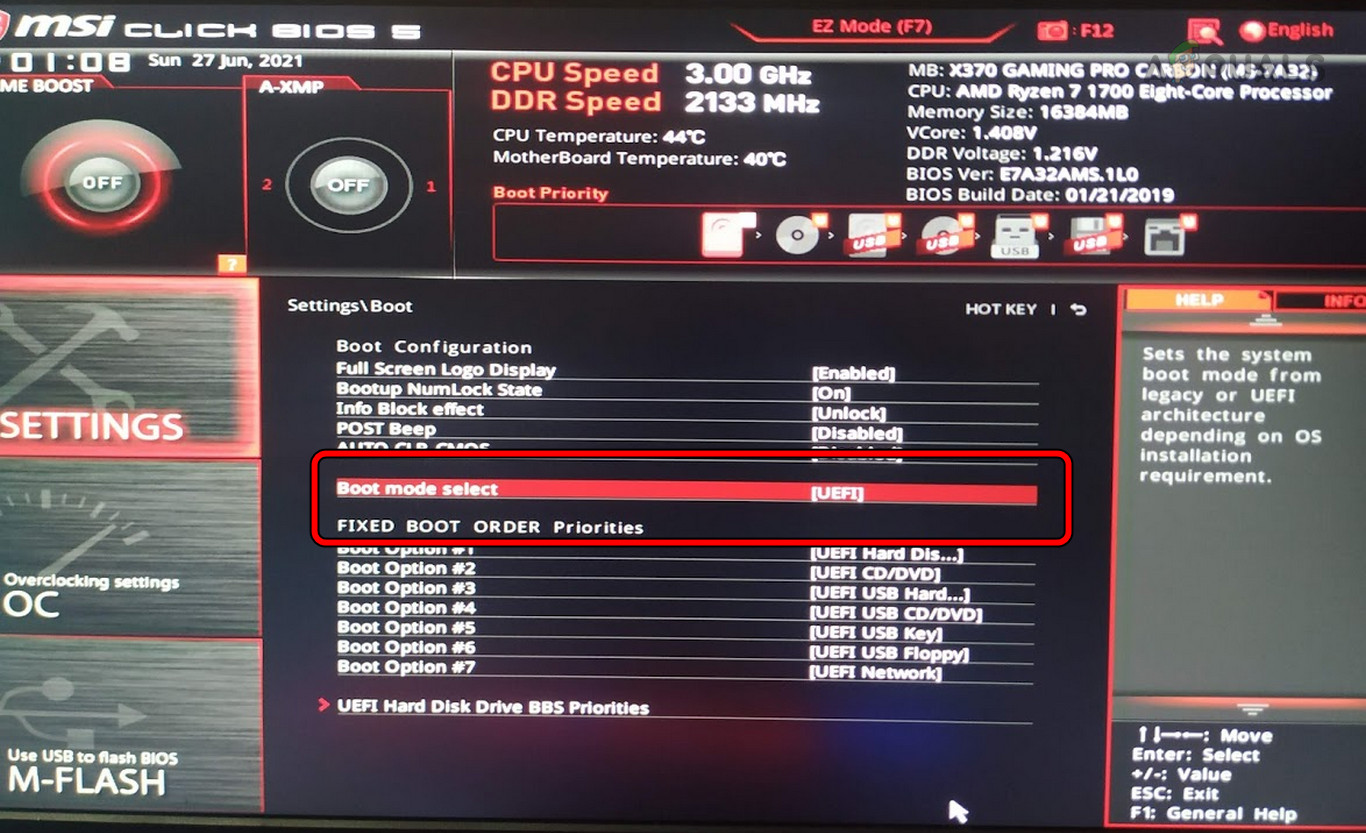
4. Save and Exit the Menu
Press the F10 key to save the changes made and exit the BIOS menu.
5. Verify the Changes
Boot the MSI PC into the BIOS and go to the Boot tab. See the current BIOS mode has switched to your required one.
Common Issues After Enabling or Disabling CSM
You may face the undermentioned issues after enabling or disabling CSM on an MSI motherboard.
No or Blank Display
If the system shows no display or the display turns blank (even in the BIOS menu), make sure there is only a single display attached to your system. Secondly, switch the display cable to different display ports (DP ports do not go well with CSM but HDMI works fine). If a graphic card is installed in your system, make sure it is compatible with the BIOS mode you have activated.
The PC Does not Boot into the OS
If this happens after enabling or disabling CSM, switch the BIOS Mode back to the earlier option. Afterward, check if the OS supports the BIOS mode you are trying to use. For example, a Windows 11 PC will not boot if CSM is enabled. Similarly, a Windows XP system will not boot if UEFI is enabled.
Reinstall the OS
If you are going to enable the BIOS mode the system’s OS does not support, you will need to reinstall the OS. For example, if you are disabling CSM and enabling the UEFI, you will need to reinstall a compatible Windows version (i.e., Windows 8 or above).
CSM Option not Visible in the MSI BIOS
If the CSM option is not available in the MSI BIOS, update the BIOS of your system. If updating does not work, reset the MSI BIOS to the defaults.
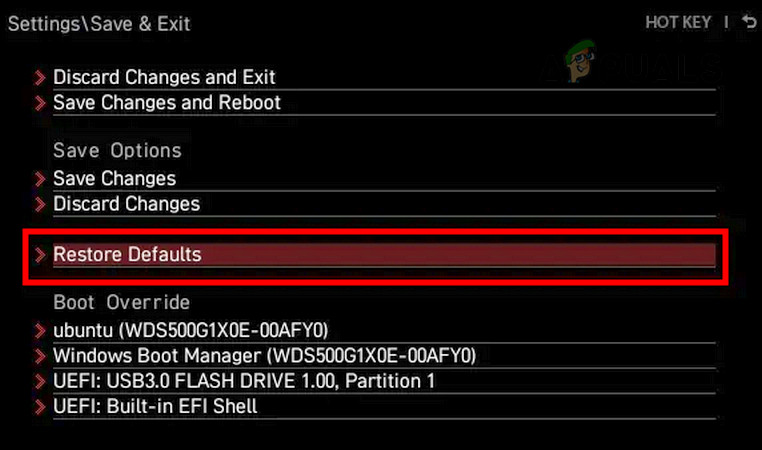
Selecting the BIOS Mode When Installing a New OS
If you are installing a new OS on the MSI system, select the BIOS mode that the OS supports. If you are going to use some special devices or applications, check which BIOS mode these devices or applications support.
 Reviewed by
Reviewed by 




